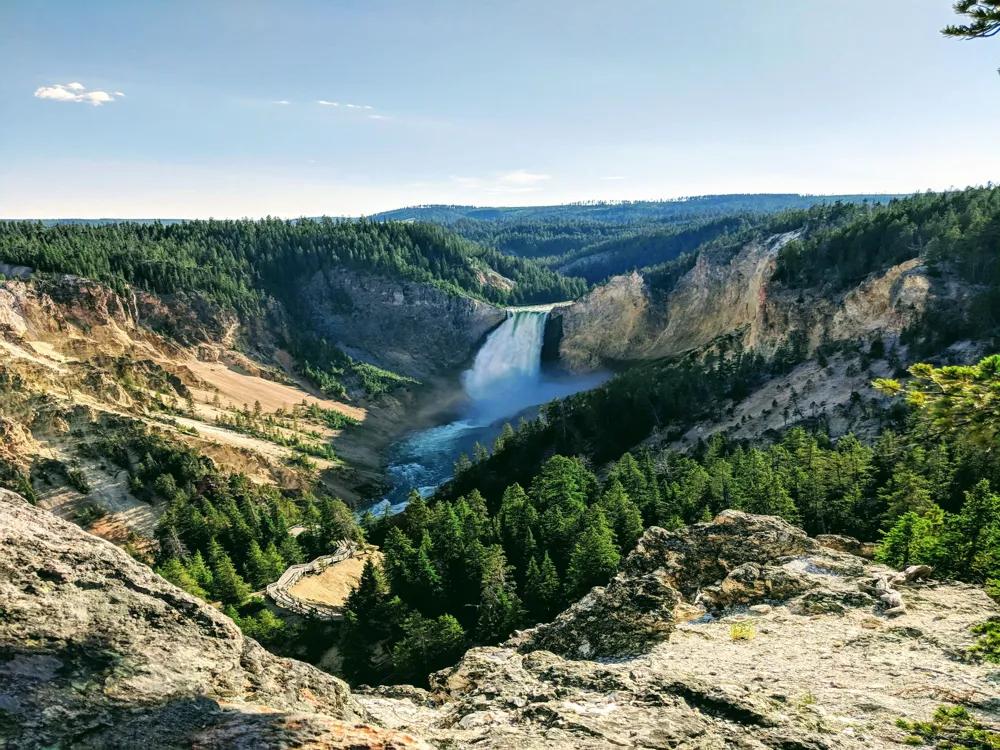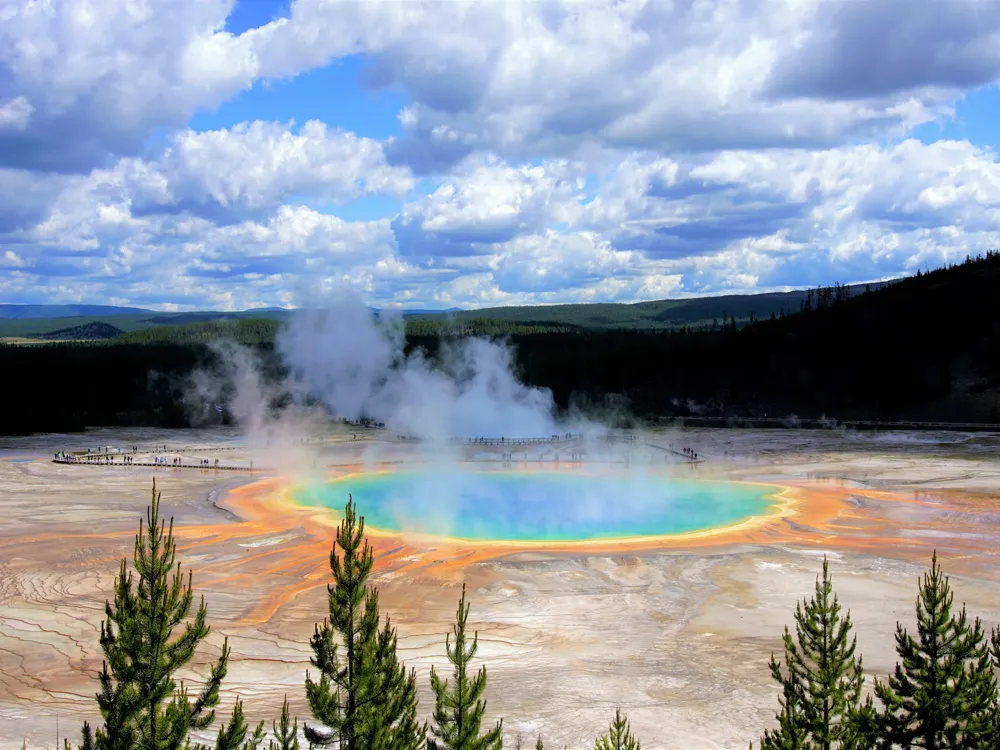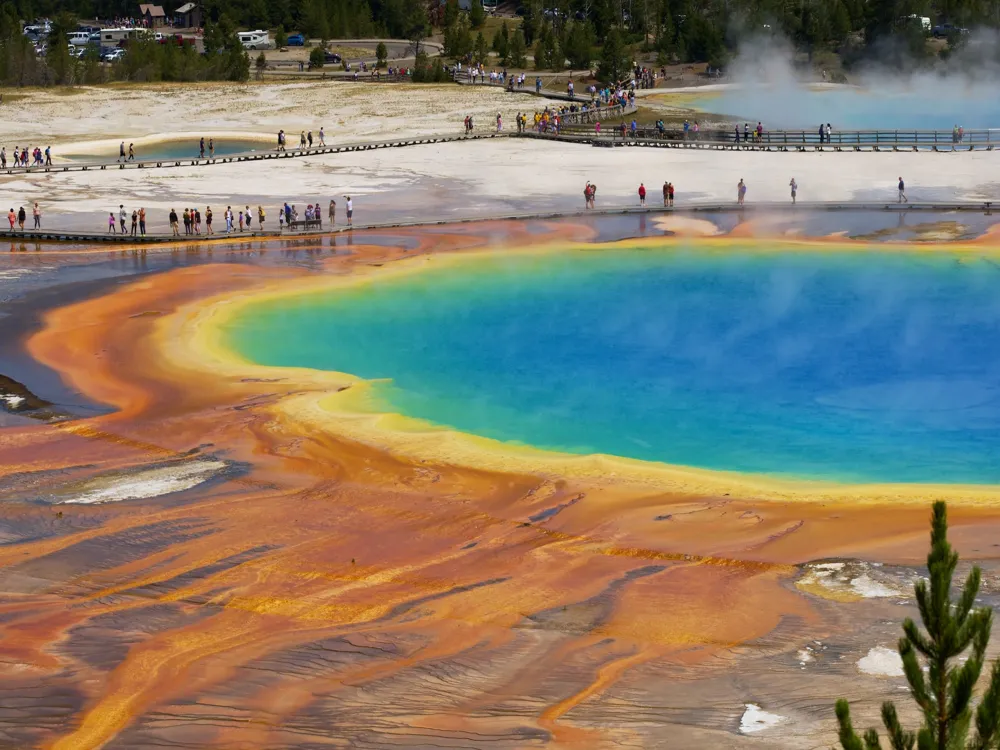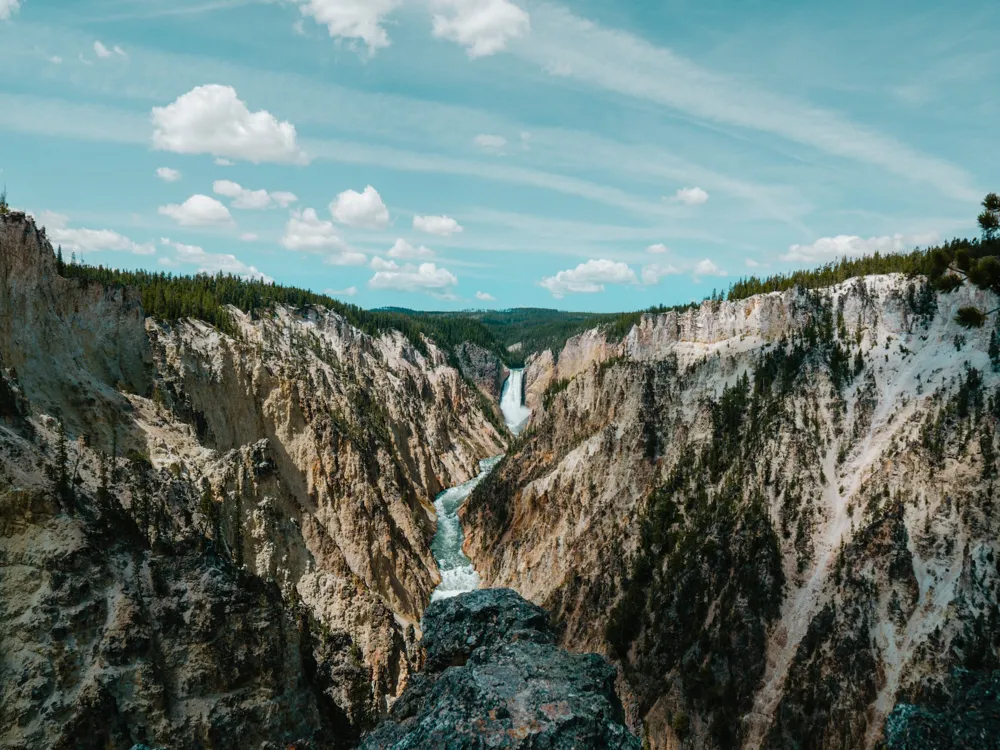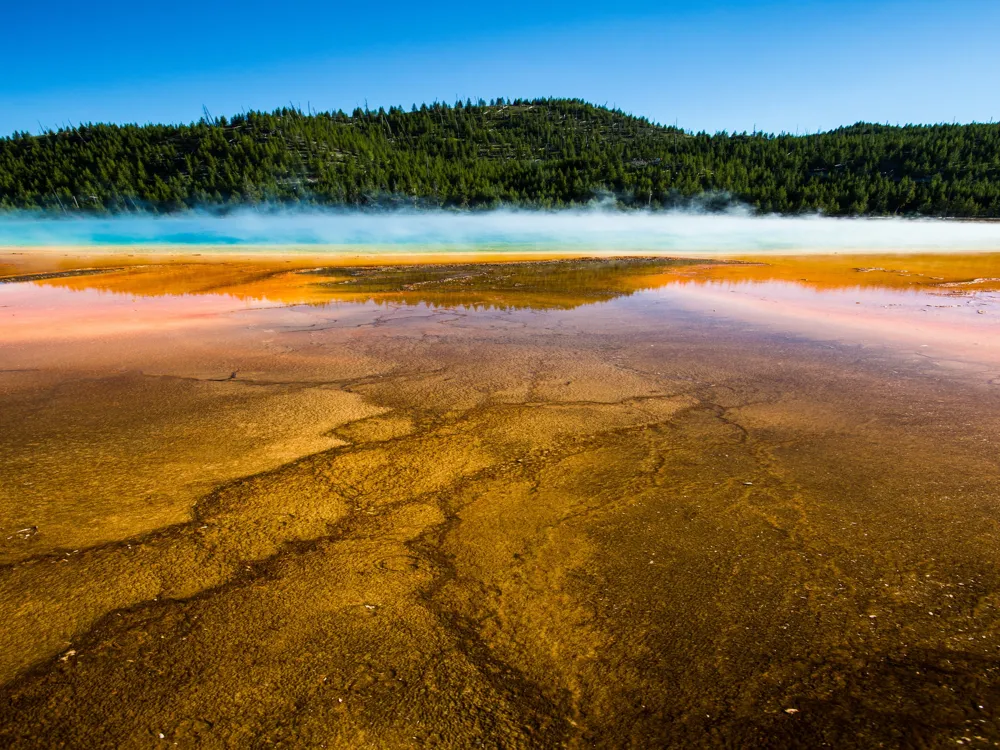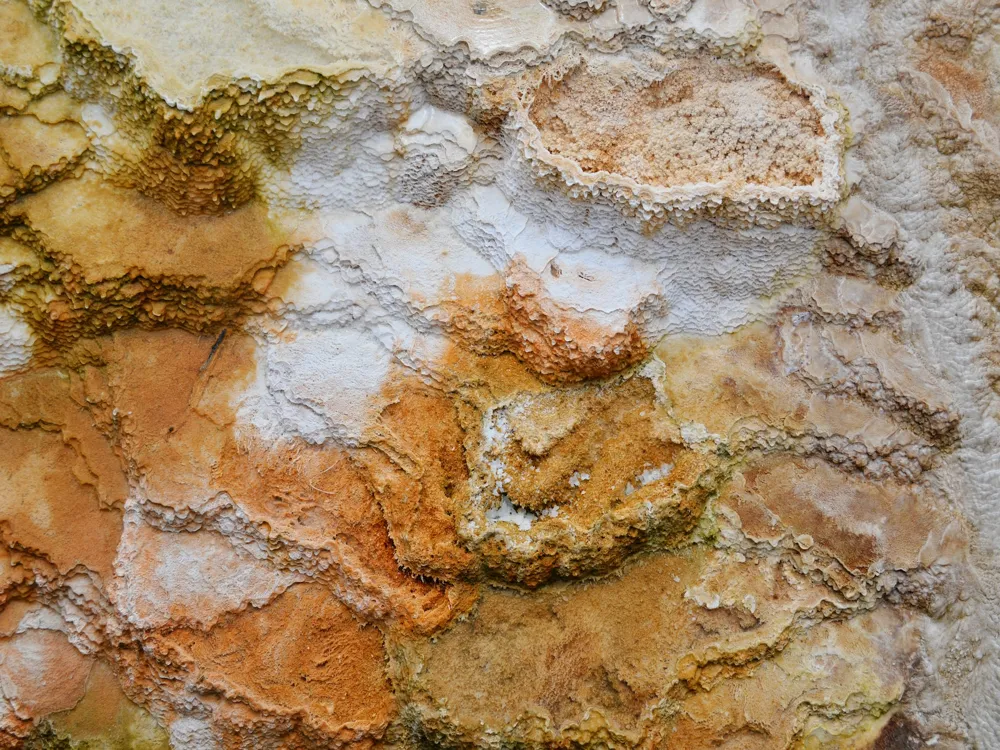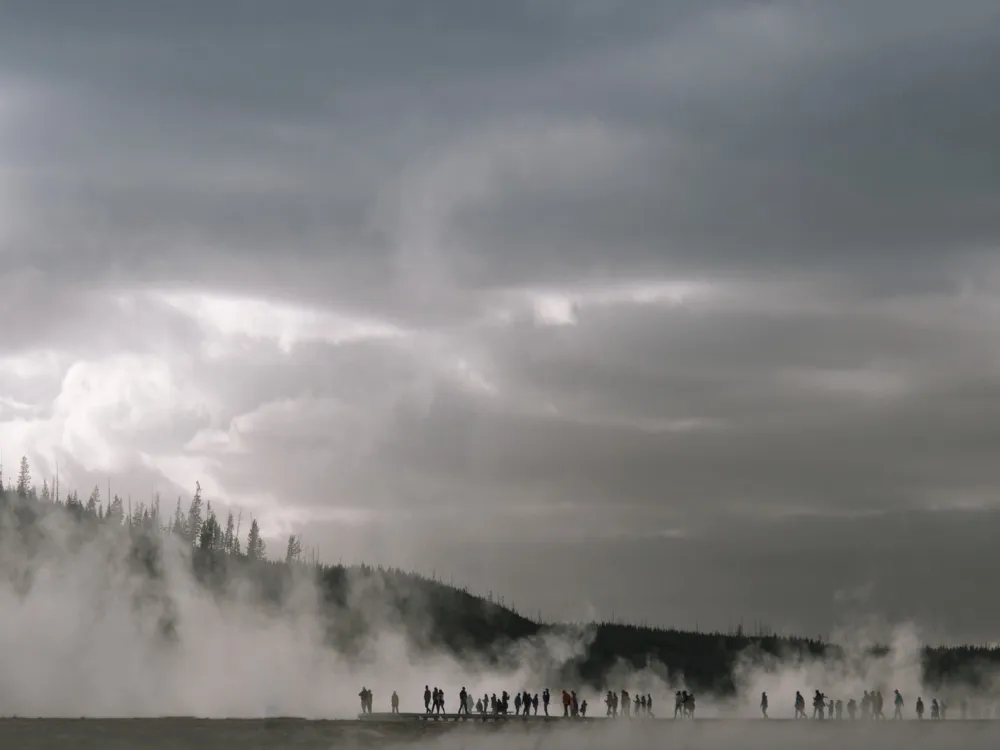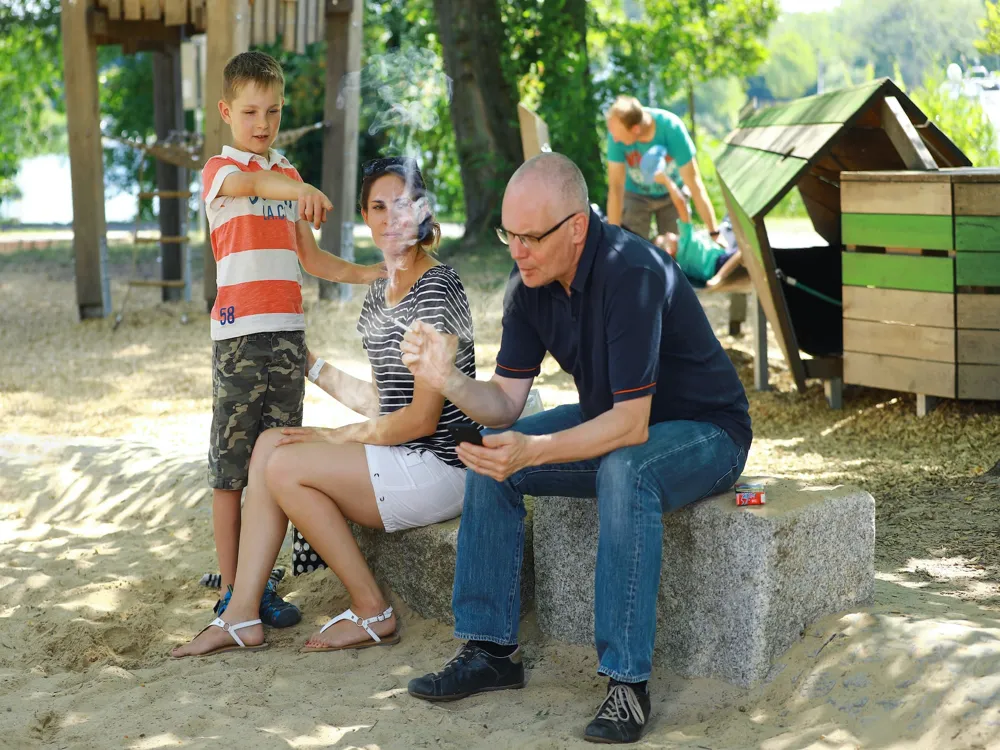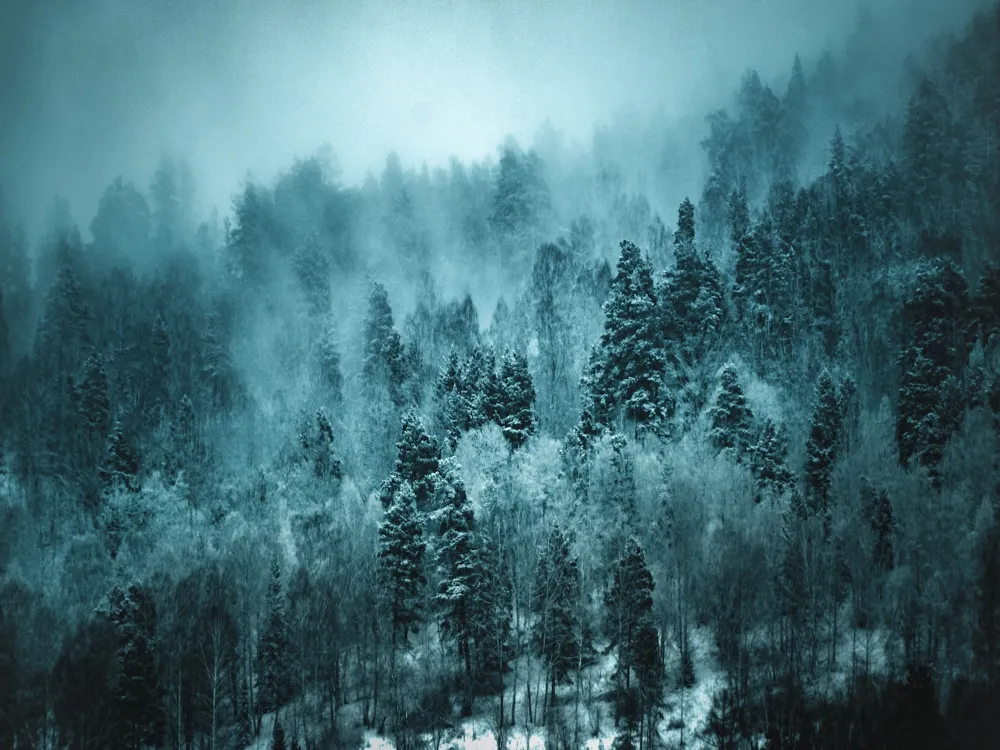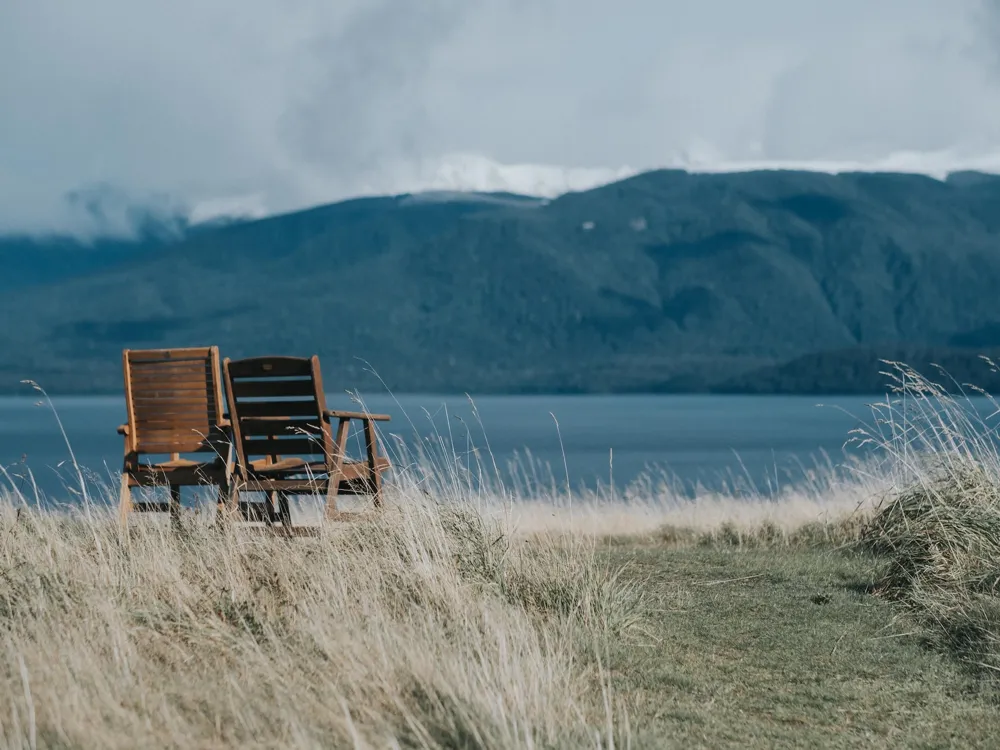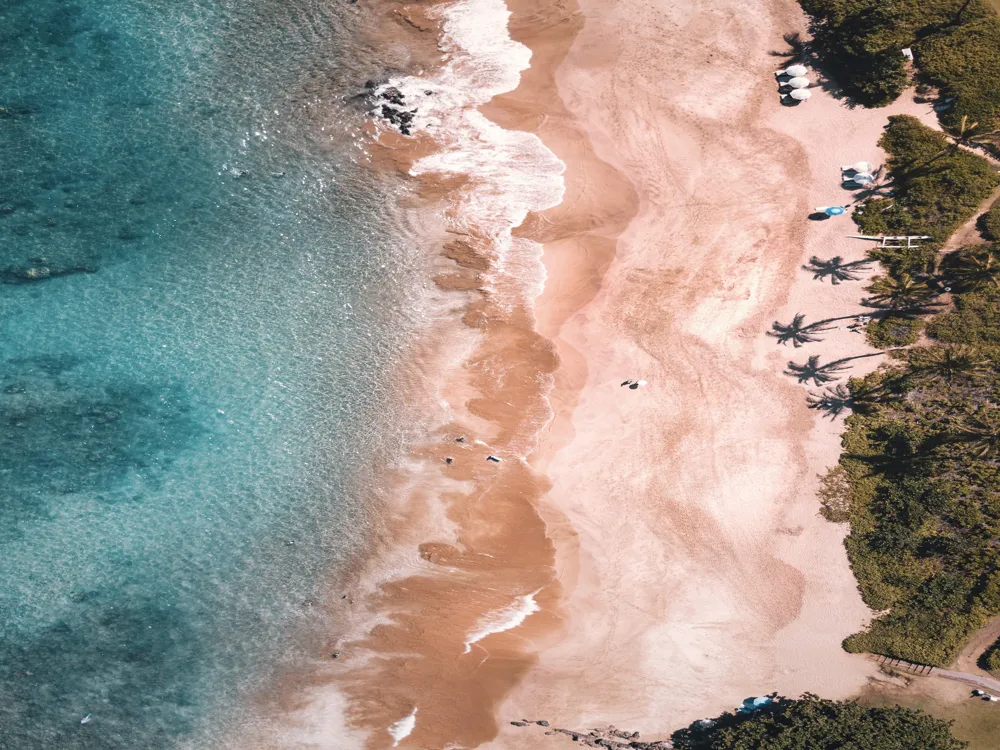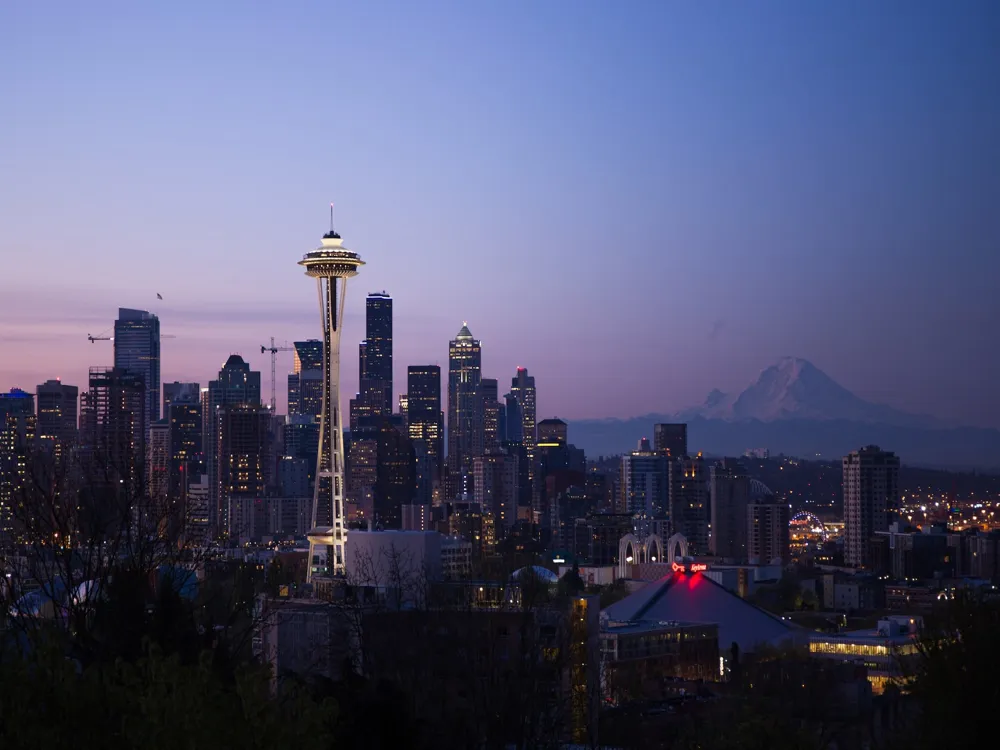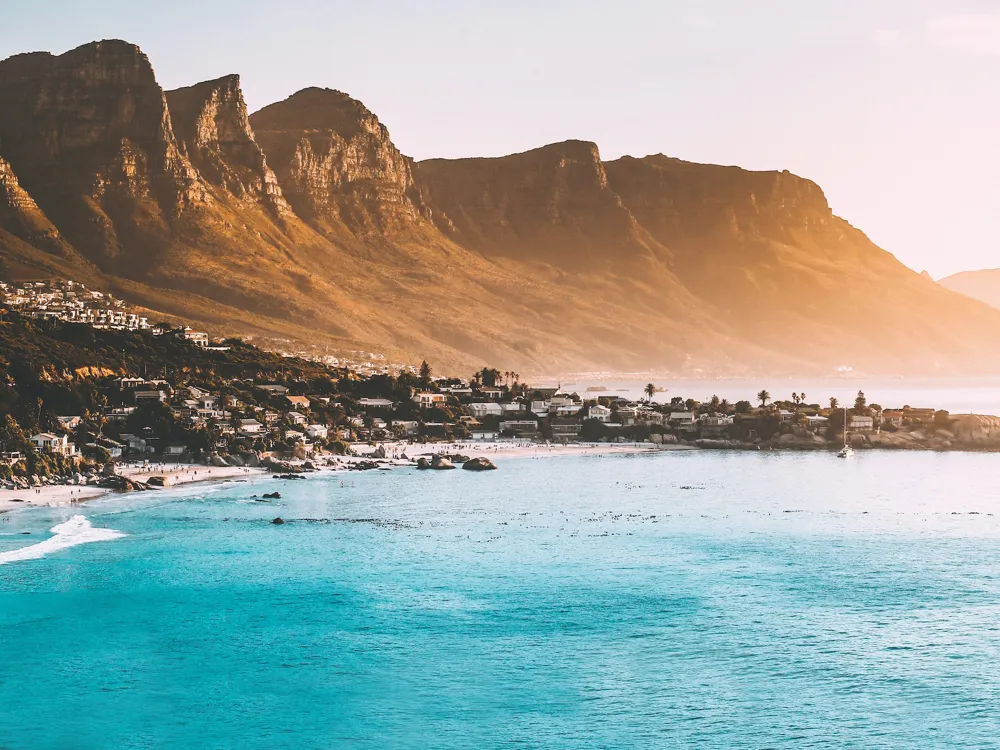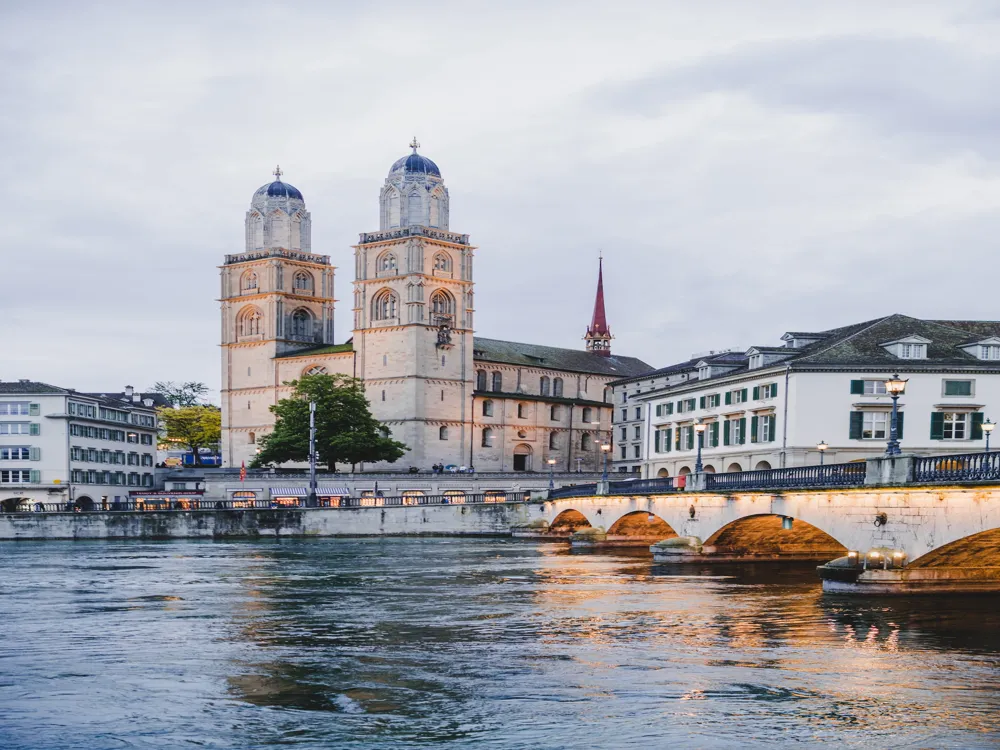Best Time to Visit Yellowstone National Park
Wyoming United States
8 out of 321 Places to visit in United StatesNaN onwards View Packages
Get Customized PackagesThe Land of Diversity
Top Hotel Collections

Private Pool

Luxury Hotels

5-Star Hotels

Pet Friendly
What is the best time to visit Yellowstone National Park?
Yellowstone National Park Tourism, USA, a mesmerizing tapestry of natural wonders, demands a visit at the perfect moment to fully appreciate its splendor. The quest for the ideal time to explore this iconic park is an essential consideration for any avid traveler. Our expert insights unravel the mystique, providing a comprehensive guide to ensure your Yellowstone experience surpasses expectations.The best times to visit Yellowstone National Park are from late April to May, as well as from September through early October. These shoulder months offer mild rainfall, smaller crowds, and little to no road closures. July and August are the most popular months to visit because the kids are out of school and the rainfall is warm enough to sleep outdoors. Still, this demesne is no foreigner to the cold wave. Temperatures have been known to drop into the 30s during the summer in the high-elevation areas of the demesne. During the downtime, anticipate a wide range of temperatures, ranging from subzero integers to the high 20s. Do not let that stop you. There is nothing relatively like seeing awards of brume rise from beneath a thick mask of snow and ice. Yellowstone remains fairly cold throughout the year and is firm from early December up until early May. The months of June, July, and August are vacation seasons, and there are huge crowds during this time. So it's stylish to go during the months from September to November, as the crowds are smaller and you get to go about your trip and bookings more comfortably. Temperatures will be a bit cold, so pack some warm layers!
More about Best Time to Travel to Yellowstone National Park
Travel Peak Season in Yellowstone National Park
Yellowstone National Park Tour Packages peak season is a spectacle of unparalleled beauty. From mid-June to early September, the park is a vibrant canvas painted with wildflowers, its wildlife on full display, and the iconic geysers, including Old Faithful, captivating visitors. However, plan early, as accommodations can fill up swiftly during this bustling period.The peak tourist season in Yellowstone National Park generally occurs during the summer months, specifically from late May to beforehand September. This period corresponds with warmer rainfall and academy recesses, attracting a large number of callers eager to explore the demesne's stunning geographies and substantiate the different wildlife. While the peak season in Yellowstone offers optimal conditions for exploring the demesne, it's essential to plan ahead, make reservations, and be aware of the increased visits. Yellowstone's natural prodigies and wildlife make it a must-visit destination, and the summer months give a high occasion to witness the desert's different and witching beauty.
Travel Offseason in Yellowstone National Park
For those seeking a more serene encounter with nature, the off-season provides a compelling alternative. From October to early November and late April to May, Yellowstone transforms into a tranquil haven. The absence of crowds allows for a more intimate communion with the park's diverse ecosystems and remarkable geological formations.The offseason in Yellowstone National Park generally occurs during the late fall, downtime, and early spring months, from October to April. During this period, there were colder temperatures, reduced services, and a drop in the number of callers. While some installations may close, the offseason offers a unique occasion to witness Yellowstone in a more tranquil and snow-covered setting. Visiting Yellowstone during the offseason offers a unique and tranquil experience, allowing you to appreciate the desert's beauty in a different light. Be sure to plan ahead, stay informed about demesne conditions, and dress appropriately for downtime rainfall to make the most of your offseason adventure in Yellowstone National Park.
Yellowstone National Park Travel Packages
View All Packages For Yellowstone National Park
Yellowstone National Park in Shoulder Season
Embracing Tranquility: Yellowstone in Shoulder Season
Shoulder seasons, spanning late spring (May to mid-June) and early fall (September to October), unveil Yellowstone in a state of transition. During these periods, the park resonates with a harmonious blend of blooming flora and the onset of autumn colors. Visitors can relish the beauty without the bustling crowds, making it an ideal compromise for a peaceful yet captivating experience.
Yellowstone National Park in Hot Season
Chasing the Sun: Yellowstone in Hot Season
The hot season, from mid-June to August, showcases Yellowstone bathed in warm sunlight. While daytime temperatures soar, this season unveils a myriad of outdoor activities, from hiking to wildlife spotting. Be prepared for a surge in visitors during this period, and make the most of the extended daylight hours to explore the park's wonders.
Yellowstone National Park in Rainy Season
Nature's Symphony: Yellowstone in Rainy Season
The rainy season in Yellowstone, primarily in spring, breathes life into the landscape. The gentle rain enhances the vibrant colors, and the mist veiling the geysers imparts a mystical allure. Visitors during this season are rewarded with a unique and ethereal ambiance, capturing the park in a different light.
Yellowstone National Park in Cool Season
Winter Wonderland: Yellowstone in Cool Season
For those enchanted by a snow-covered landscape, the cool season transforms Yellowstone into a winter wonderland. From November to March, visitors can witness a serene beauty as the park is covered in a glistening blanket of snow. While some areas are closed, winter enthusiasts can relish activities like snowshoeing and cross-country skiing in select regions.
Unveil the Yellowstone experience at its peak by strategically choosing the season that aligns with your preferences. Each season brings forth a distinct charm, ensuring a unique and unforgettable adventure amidst nature's grandeur.
Places To Visit In Yellowstone National Park
Nearby Places Yellowstone National Park
Yellowstone National Park Photos
View All Photos For Yellowstone National ParkBrowse Package Collections
Browse Hotel Collections
Faq
Q: What is the best time to visit Yellowstone National Park for wildlife enthusiasts?
A: The best time for wildlife enthusiasts to visit Yellowstone National Park is during the spring and fall. In spring, animals are active after the winter hibernation, and in the fall, they are preparing for the winter months. This increases the chances of spotting diverse wildlife, including bears, wolves, and elk.
Q: When is the optimal time to experience the stunning geothermal features in Yellowstone National Park?
A: To witness the mesmerizing geothermal features, such as geysers and hot springs, the best time to visit Yellowstone National Park is during the shoulder seasons of late spring and early fall. During these periods, the weather is generally mild, and the thermal features are not obscured by large crowds.
Q: What is the most suitable time for avid hikers to explore the trails in Yellowstone National Park?
A: For avid hikers, the ideal time to explore Yellowstone National Park is during the summer months (June to August) when most of the trails are snow-free and accessible. The high-altitude trails may remain snow-covered into early summer, so mid to late summer is recommended for the best hiking experience.
Q: Are there any unique events or phenomena that occur during specific times of the year in Yellowstone National Park?
A: Yes, one unique event is the elk rutting season in the fall (September to October). During this time, male elk engage in impressive displays of strength and bugling calls to attract mates. Witnessing this natural spectacle adds a special touch to a fall visit to Yellowstone.
Q: What precautions should visitors take during the winter months in Yellowstone National Park?
A: Winter in Yellowstone offers a serene and snow-covered landscape, but visitors should be prepared for harsh conditions. The best time to visit for winter activities is from December to February. Ensure you have proper winter gear, check road conditions, and be aware of park closures due to inclement weather.

